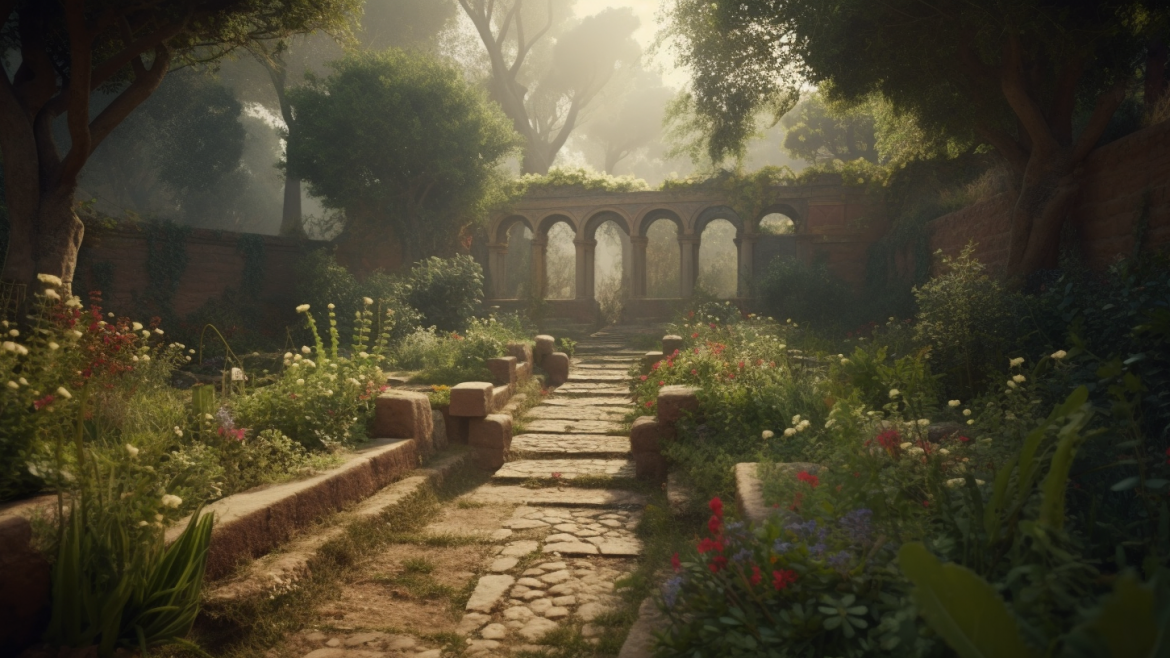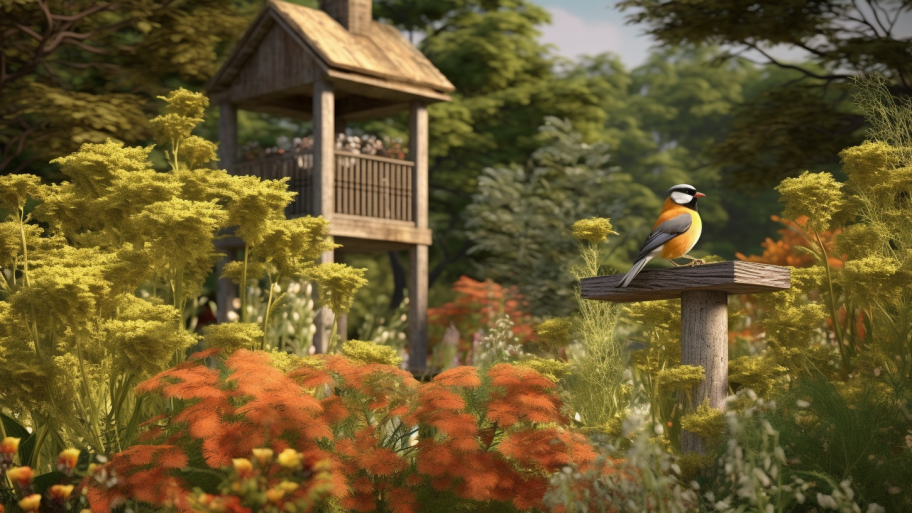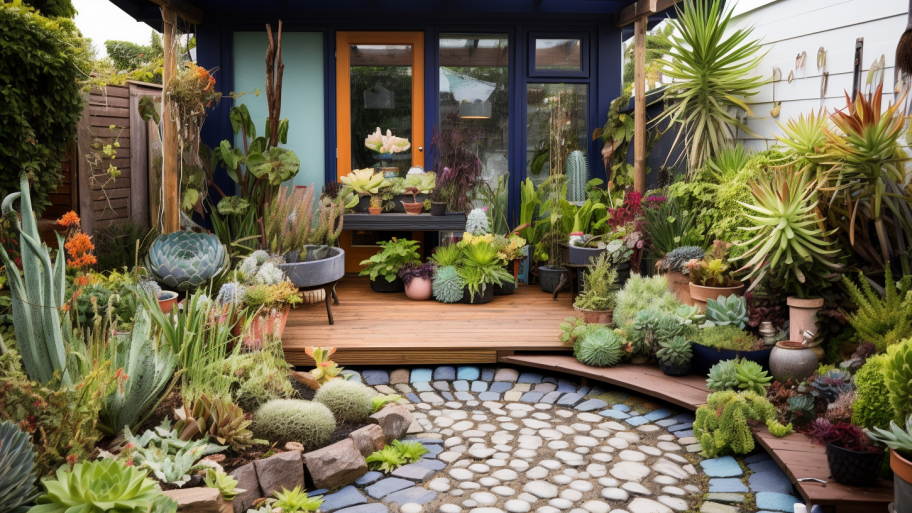The Romans were not only skilled engineers and architects, but also expert horticulturists who developed innovative techniques to grow crops in the challenging Mediterranean climate. With its hot, dry summers and mild, wet winters, the Mediterranean region presented unique challenges to agriculture. However, the Romans employed a variety of methods to ensure successful cultivation and maintain their food supply.
Crop Rotation: To maintain soil fertility and prevent the depletion of nutrients, the Romans practiced crop rotation, alternating between different crops in a planned sequence. This technique not only improved soil health but also helped prevent the buildup of pests and diseases, leading to more productive harvests.
Raised Beds: Roman gardeners utilized raised beds, which allowed for better soil drainage and aeration. Raised beds also made it easier to control soil quality and temperature, creating optimal conditions for plant growth. Today, you can find a variety of raised bed options on Amazon, such as the Best Choice Products Raised Garden Bed, which provide practical and attractive solutions for modern gardeners.
Greenhouses and Cold Frames: The Romans were among the first to use greenhouses and cold frames to extend the growing season and protect their plants from harsh weather conditions. They constructed structures with translucent materials like mica to allow sunlight to enter while retaining heat. For modern gardeners, there are many greenhouse and cold frame options available on Amazon, such as the Quictent Portable Greenhouse.
Grafting: Roman horticulturists practiced grafting, a technique that involves attaching a branch or bud from one plant onto the rootstock of another. This method allowed them to propagate desirable traits, create new plant varieties, and increase fruit production. To learn grafting today, you can find tools like the ZALALOVA Garden Grafting Tool on Amazon to get started.
Irrigation: The Romans were masters of water management and developed complex irrigation systems to transport water to their gardens and fields. They used aqueducts, canals, and underground pipes to bring water from distant sources, ensuring a consistent supply even during dry periods.
Mulching: Roman gardeners utilized mulching techniques to retain moisture in the soil, suppress weeds, and regulate soil temperature. They used organic materials like straw, leaves, and grass clippings to cover the soil around their plants, which would eventually decompose and enrich the soil with nutrients.
These innovative techniques allowed the Romans to grow a wide variety of crops in challenging climates, providing a stable food supply and showcasing their remarkable adaptability. By learning from their ingenuity, modern gardeners can also overcome climatic challenges and cultivate thriving gardens in any environment. The Romans also made significant advancements in water management, which were crucial to the success of their gardens and agricultural systems. Discover more about these innovations and the plants they cultivated in the next article.




